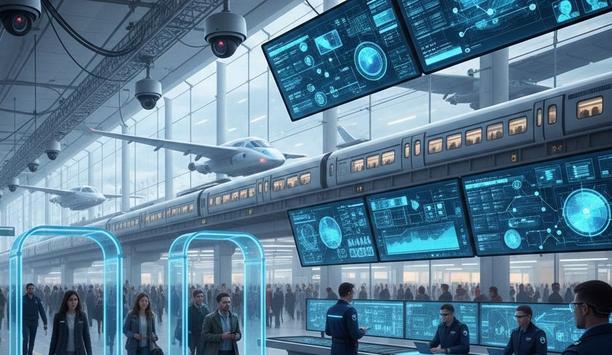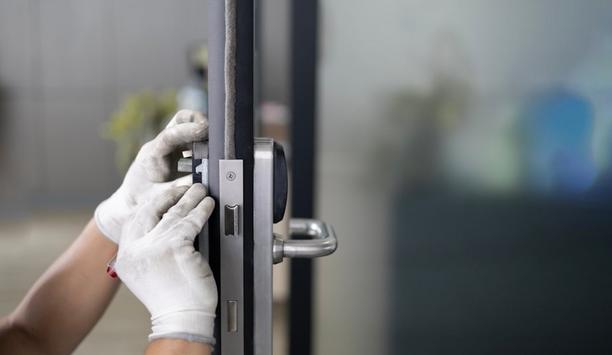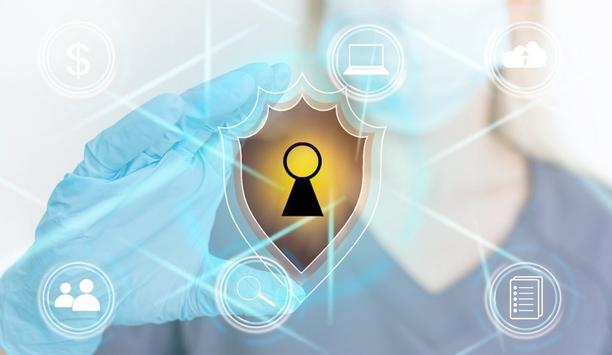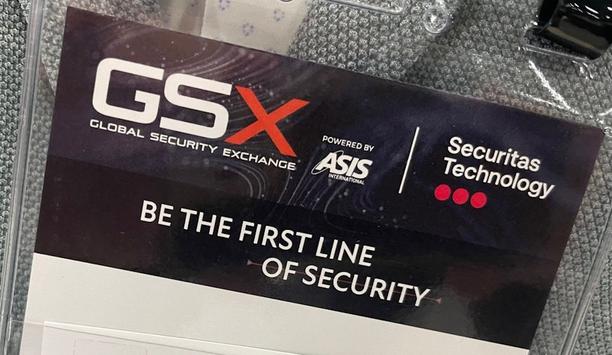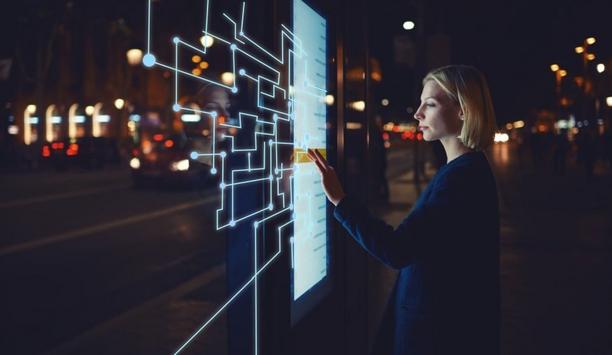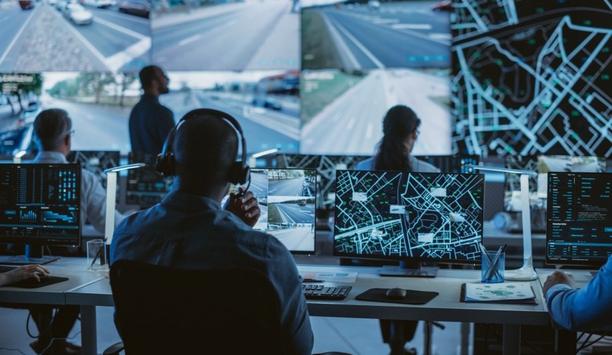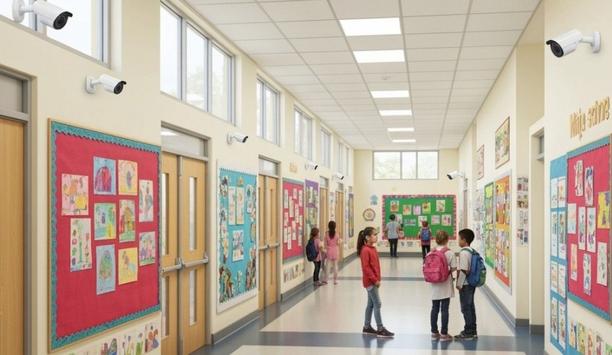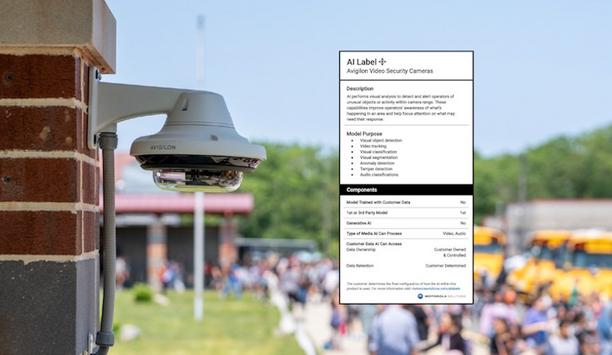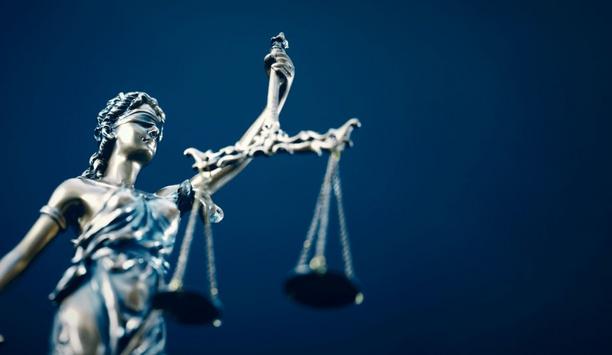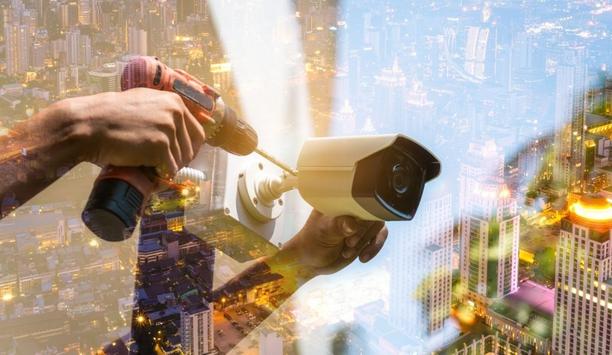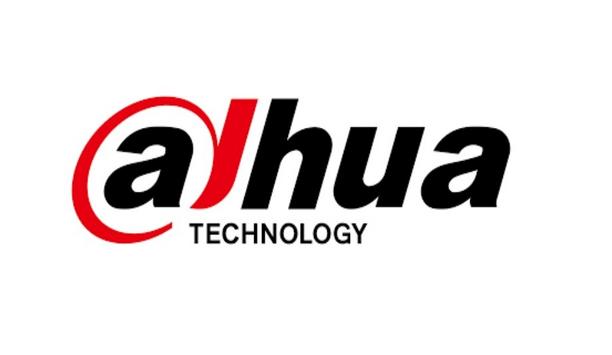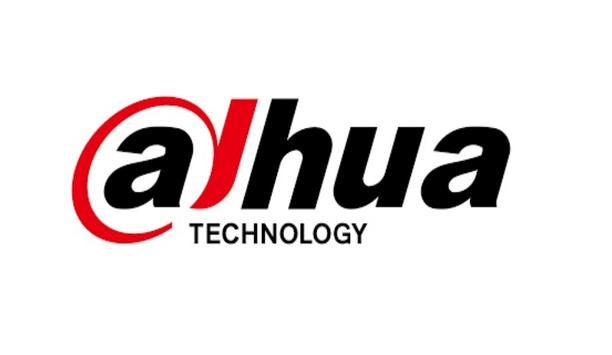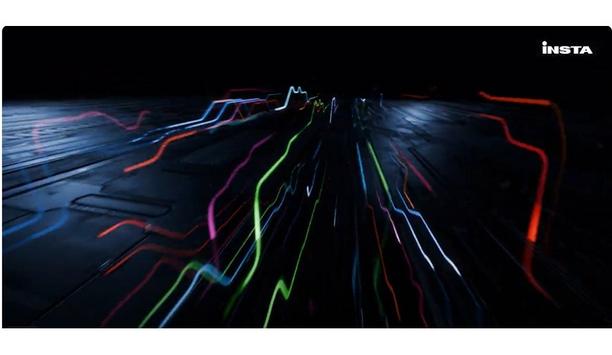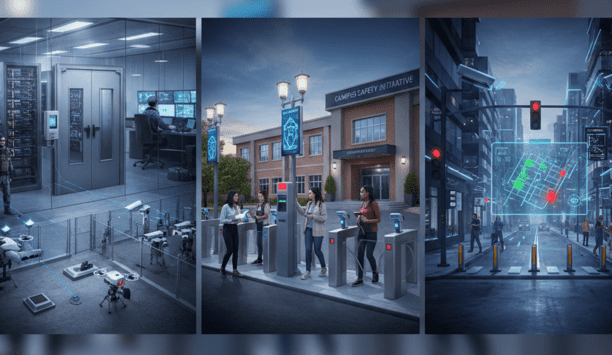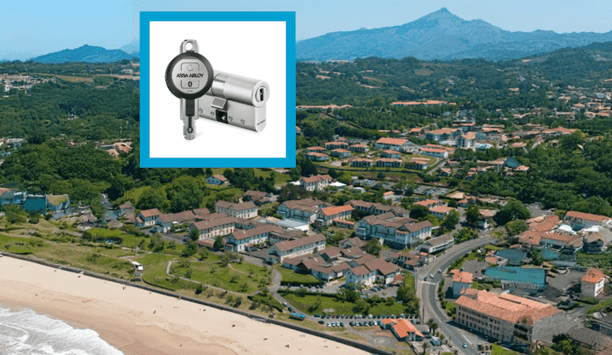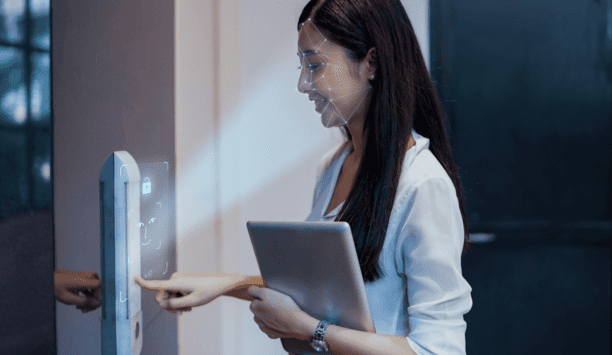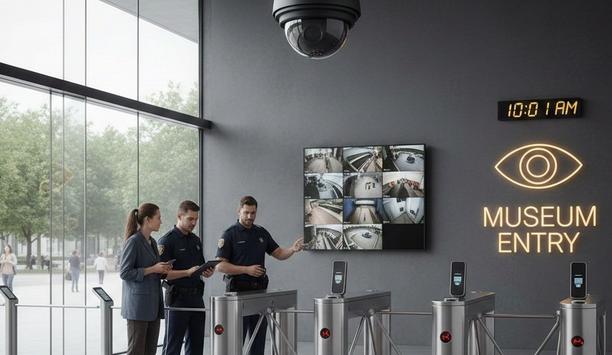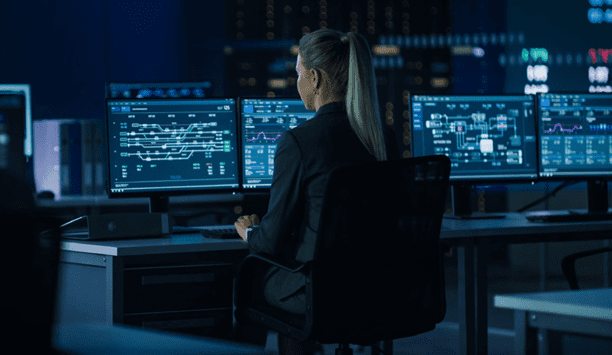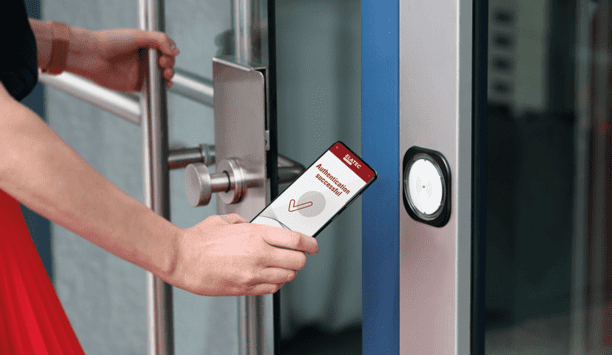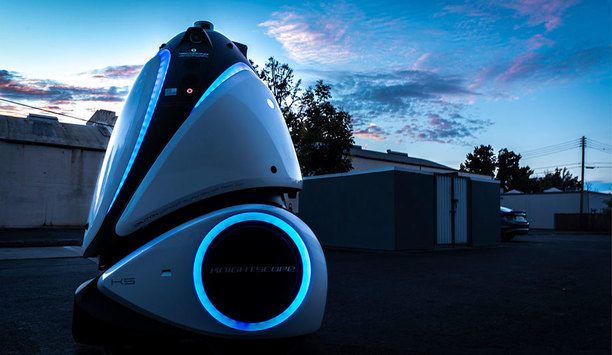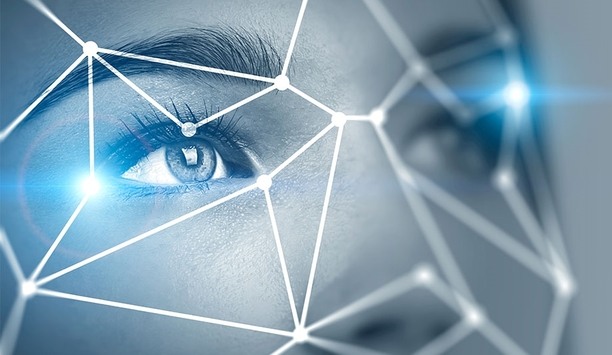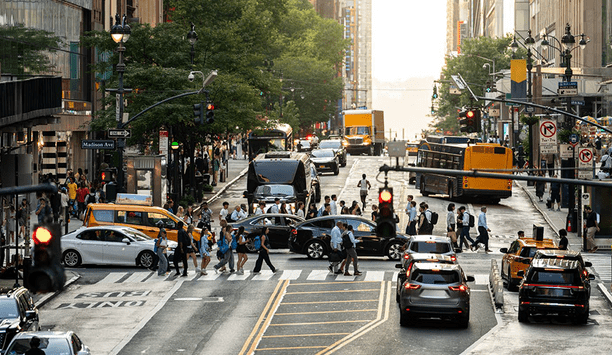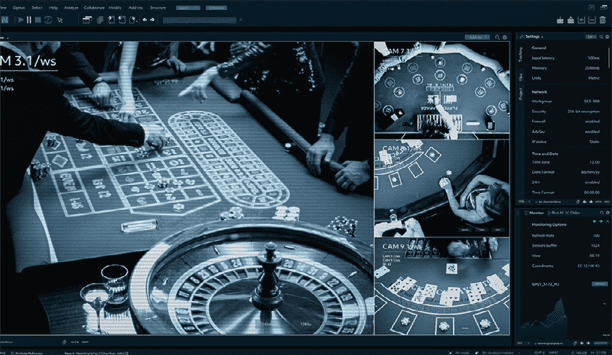Facial recognition has seen huge breakthroughs since the U.S. National Institute of Standards and Technology (NIST) first began testing in 2010. Accuracy has seen massive gains, especially from 2013-2018.
In the 2018 test, the most accurate algorithm was 20 times more accurate than the 2013 equivalent. Essentially, 95 percent of the matches that failed in 2013 now yield correct results. Compare that to 2010-2013, when the most accurate algorithm reduced its error rate by 30 percent. This reduction in error rates since 2013 is due to wholesale replacement of the old algorithms with new ones based on deep convolutional neural networks — completely revolutionizing the technology.
Optimal recognition results
SAFR says it delivers optimal recognition results with 99.86 percent accuracy in under 100 milliseconds
One entrant in the newly energized market is RealNetworks, whose SAFR for Security is an AI-based facial recognition solution for live video that integrates video management system (VMS) solutions. With 24/7 monitoring, SAFR detects and matches millions of faces accurately in real time, enabling teams to manage a watchlist across any number of video feeds.
SAFR says it delivers optimal recognition results with 99.86 percent accuracy in under 100 milliseconds, even in real-world conditions where faces are in motion, at different angles, under poor lighting, or partially obscured. SAFR builds on RealNetworks’ 23-year history in video technologies. Launched in July 2018, SAFR — secure, accurate facial recognition — is enabling new applications for security, convenience, and analytics.
Create security responses
“We seek to be the world’s most trusted facial recognition platform and are delighted to partner with customers in the security industry and elsewhere to shape a more secure, convenient future worldwide,” says Dan Grimm, Vice President of Computer Vision and General Manager of SAFR at RealNetworks. “Security professionals are asked to keep us safe 24/7, monitoring a burgeoning number of cameras, and we help make them more effective.”
SAFR targets facial recognition for live video, identifying camera-unaware faces moving in real-world conditions. In the April 2019 NIST results, SAFR tested as the fastest and most compact solution among algorithms with less than 0.022 False Non-Match Rate — 62 percent faster than the average speed, according to the company. SAFR now provides capabilities such as live video overlays alerting security professionals to events in real time, automatic bookmarks with rich metadata for investigative work, and alerts that can be customized to create security responses.
 |
| SAFR uses one-sixth the compute power of competing facial recognition solutions |
Facial recognition algorithms
Five years ago, facial recognition algorithms would struggle to match forward-facing people from still images, let alone camera-unaware moving faces from live video with variations in rotation and tilt. SAFR says they have achieved a balance of accuracy and performance for live video. A contributor to this accuracy is consistency across a range of skin tones. The algorithm was trained on a highly diverse global set of over 10 million non-simulated real-world faces.
SAFR was optimized for speed and can sample a face multiple times during the same period of time as other algorithms, subsequently increasing its accuracy. SAFR achieves the performance through edge processing. Distributed architecture enables efficient bandwidth consumption, reducing the roundtrip latency of facial recognition speed to under 100 milliseconds. The savings lower total cost of ownership (TCO): SAFR uses one-sixth the compute power of competing facial recognition solutions, equating to $500,000 or so in savings on a 250-camera deployment.
Integrated experience
SAFR also uses off-the-shelf hardware and is optimized to leverage inexpensive GPUs
SAFR also uses off-the-shelf hardware and is optimized to leverage inexpensive GPUs. SAFR can be deployed on premises or in the cloud, and supports Windows, Linux, macOS, iOS, and Android. When SAFR is paired with a VMS, such as Milestone XProtect or Genetec Security Center, the integrated experience includes 24/7 monitoring to detect and match faces in real-time.
Features include live video overlays within the VMS to identify strangers, threats, concerns, unrecognized persons, VIPs, employees, or other tagged individuals in live video. Real-time alerts can be customized for when persons of interest appear on a video camera feed. Additionally, automatic bookmarks with rich metadata make for easier investigative review of security footage. Facial recognition technology is increasingly in demand to improve safety across various industry verticals.
Better customer experience
Large enterprises with high-visitor flows and heightened security — such as transportation hubs, stadiums, universities, and hospitals — need to know in real time when persons of interest or those on watchlists appear on camera. Sports stadiums could apply facial recognition to deny entry to banned patrons, locate lost children, or recognize VIPs to deliver a better customer experience.
Hospitals need access control to restricted areas and pharmaceutical storage closets
Hospitals need access control to restricted areas and pharmaceutical storage closets. Airports and transit centers value traffic flows, demographic composition, and dwell times to help improve scheduling. SAFR for Security is available worldwide, and the company partners with VMS providers such as Milestone, Genetec, Digifort, and IPConfigure by Paliton Networks. They are actively working to support additional VMS solutions and have sales teams located in major metropolitan cities around the world.
Security professionals
“The job of the security professional is critical in today’s world,” says Grimm. “SAFR for Security helps mitigate the challenges of the important work security professionals do to keep us all safe.” In designing and developing SAFR, RealNetworks considered diversity and the uniqueness of each person; Grimm says their massive global training data set is a competitive advantage.
SAFR is designed with privacy in mind. All facial images and signatures are AES-256 encrypted in transit or at rest. “SAFR is powerful enterprise-grade software that is continuously improving through innovation and many years of expertise,” says Grimm.
Learn why leading casinos are upgrading to smarter, faster, and more compliant systems






